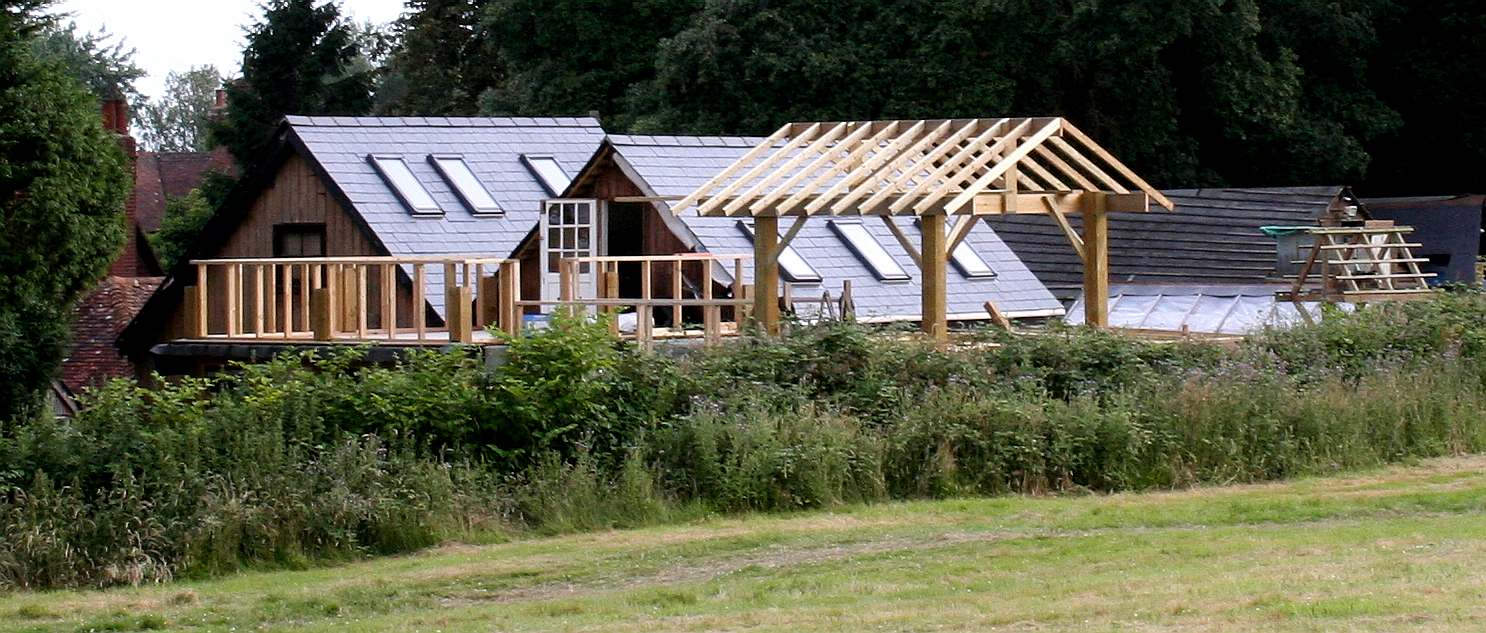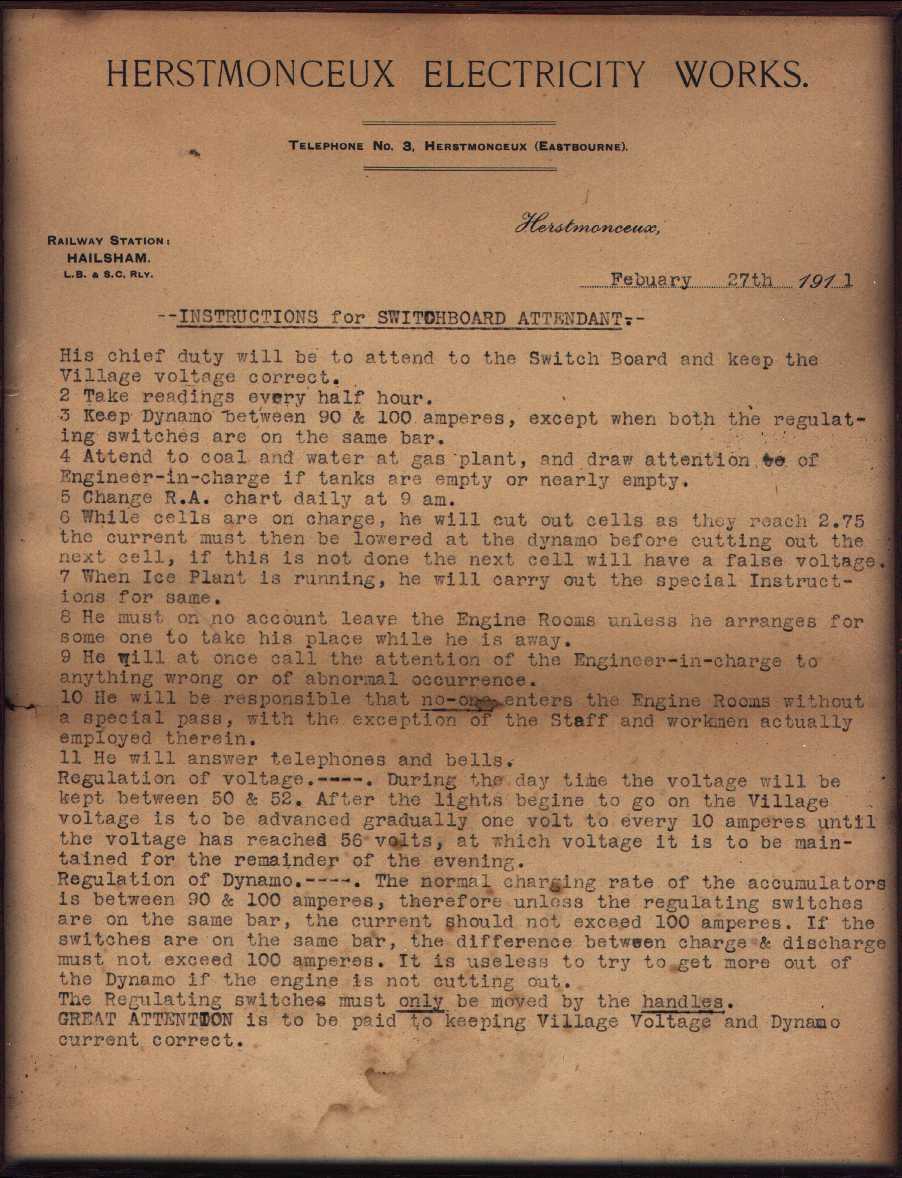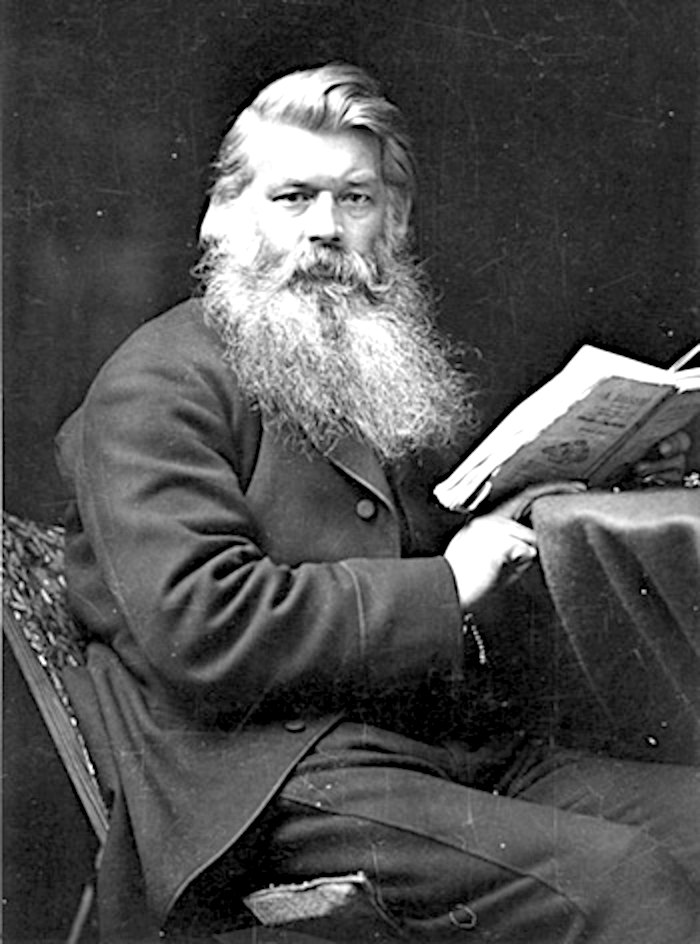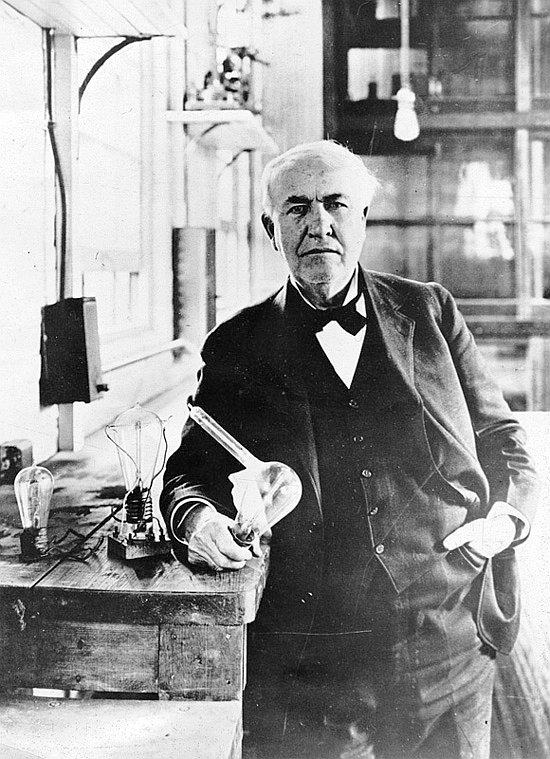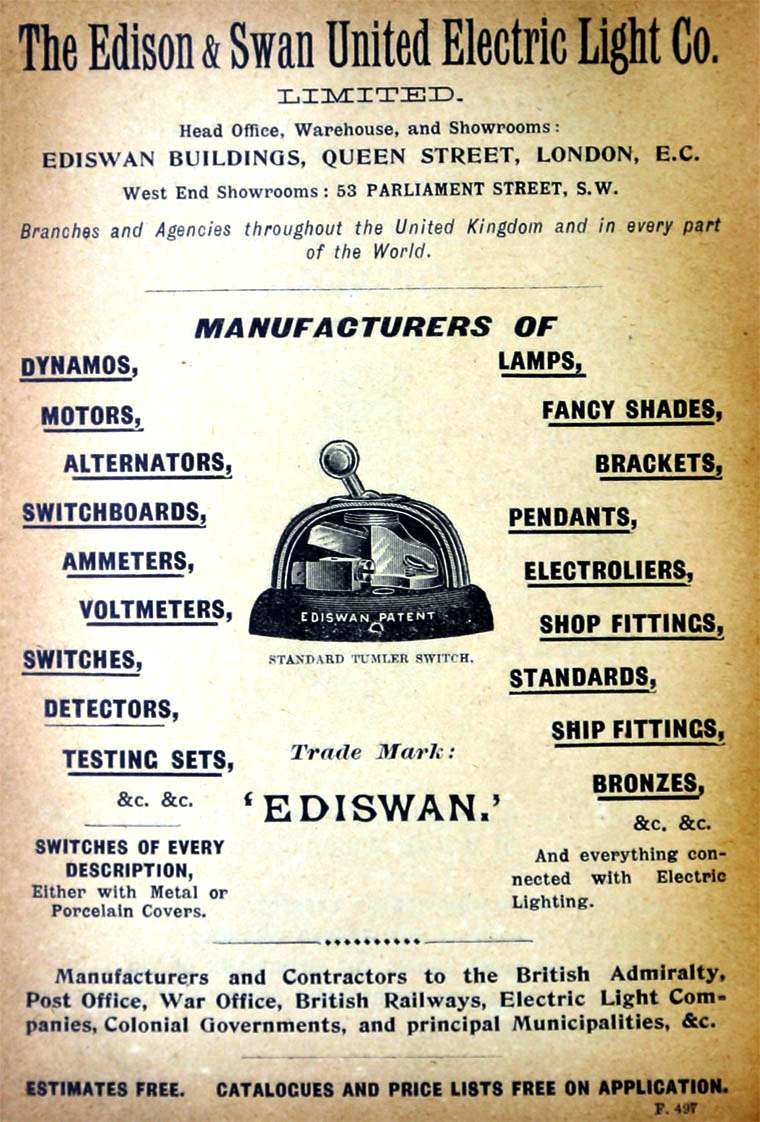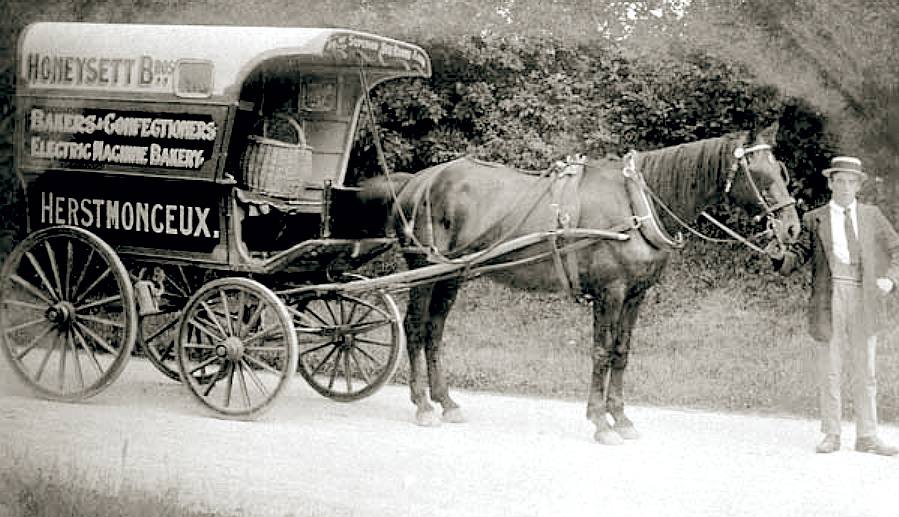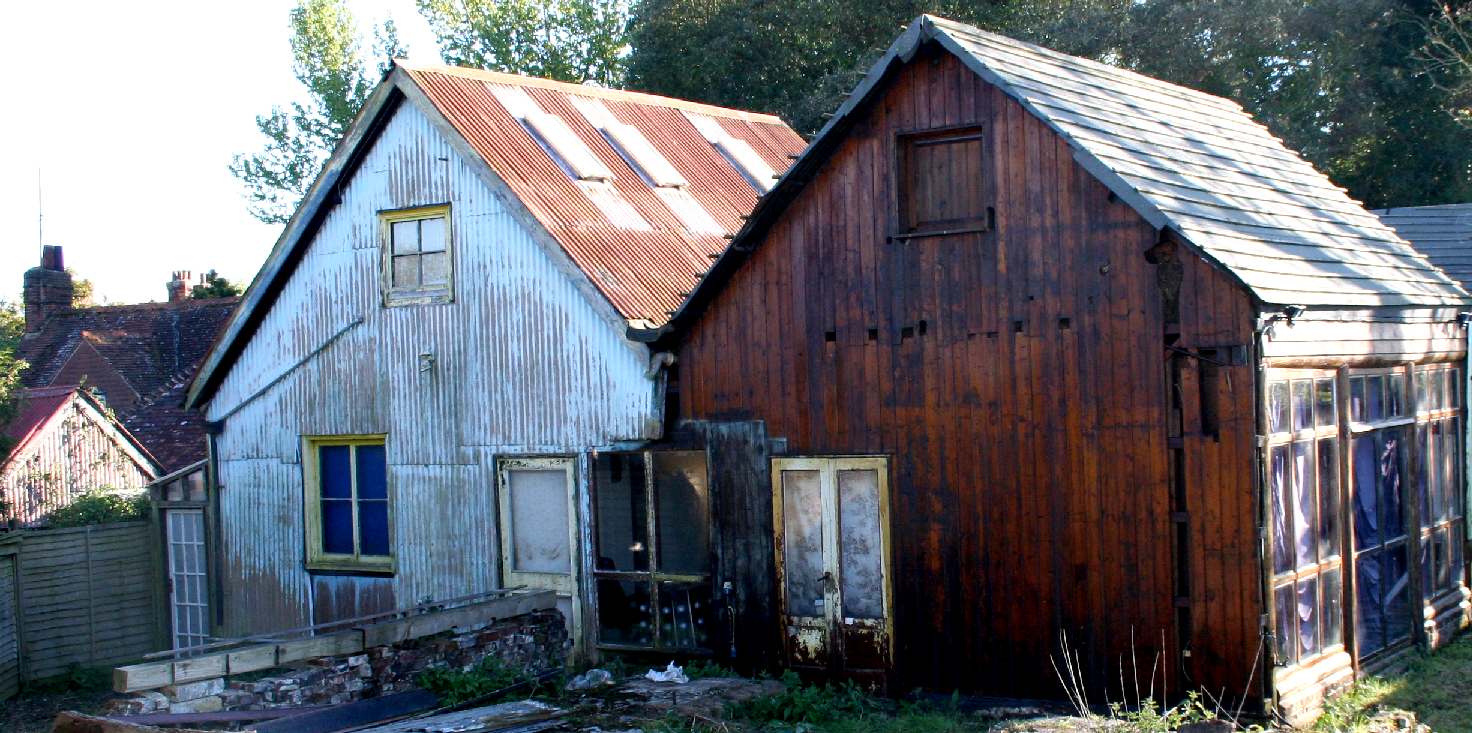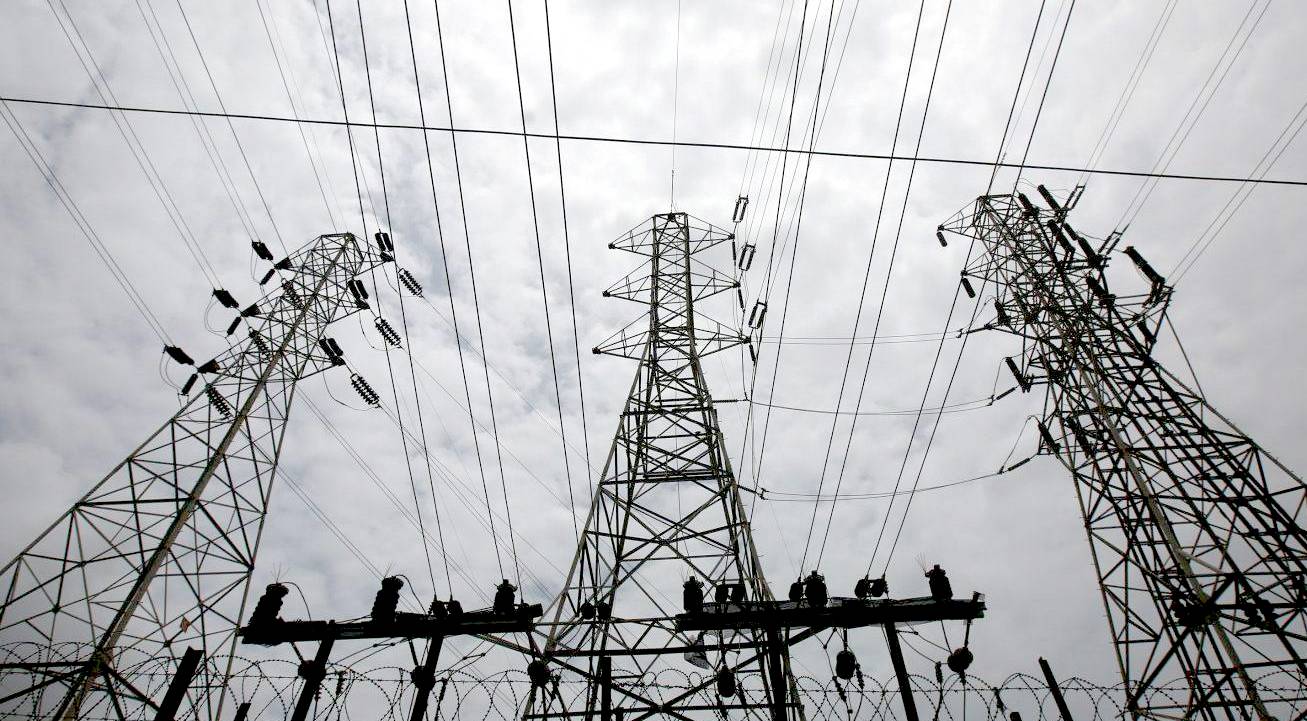|
HERSTMONCEUX - GENERATING STATION
Please use our A-Z to navigate this site where page links may lead to other sites, or see HOME
|
|
|
2018 - The extant generating buildings are seen here in 2018, having been re-roofed as per the original, retaining the skylights that were opened via pulleys to keep the generating machinery cool. Much work is needed to conserve this valuable heritage asset, which, at the time of writing in July 2022, has no reasonable or beneficial use, such as to generate an income for maintenance and restorations. This is a prerequisite for any conservation project, with the duty to act to conserve the historic built environment laid fairly and squarely at the door of the local authority. The building is thus vulnerable, at risk, and in need of protection. According to a Report from 1999, one range is missing in this picture, now partly re-instated.
Possibly the last surviving example of early electricity generating in a rural location, is the Generating Station at Herstmonceux in Sussex, England, comprised of three main ranges. It is an interesting complex, including coal bunker, underground water storage chamber, water filter for roof harvested water, twin wells, a main generating building with concrete emplacement for a large flywheel, subsidiary mounts and subsoil excavations for plant to convert coal to gas, for a 36 horsepower National engine. There was also an outbuilding to store faggots (thin wooden branches) for lighting the fires of the conversion equipment.
The second range was used to house large lead-acid batteries, for what is thought to be the world's first, and only surviving example of power storage and energy load levelling for use with a public supply. All of these features being contained in one compact unit. As load levelling become the cornerstone of sustainable renewables, this site is sure to receive more attention from the world of industrial archaeology - the importance of which is at the moment little understood by many heritage assessors, where technology development moves so fast.
Thomas Edison and Joseph Swan provided the 'Ediswan' switches and other lighting apparatus, for this building, and many of the village houses and businesses that took advantage of the enterprise of Charles de Roemer between 1898 and 1936, when the Weald Supply Company took over the underground supply network.
HERSTMONCEUX 1911 - Charles de Roemer was a mover and shaker at the turn of the century, over 120 years ago, when he installed a small building on his estate, to provide electricity for his manor house in Lime Park. Some years later, by 1909, he expanded his generating works with a battery store, coal bunker and gas producing plant, to provide electricity under a field using cables, to the village, where in 1913 he was giving cooking demonstrations in the village hall, using electricity.
The wooden building appears to have survived for so long because during World War Two, in 1939, it was sheathed in corrugated iron. At the same time an Anderson Shelter was built in the grounds, equipped with radio for sending Morse Code. The building became a makeshift hospital for wounded airmen. And there was a prisoner of war camp at Lime Cross, where mostly Italian detainees were housed.
Bereft of a beneficial use, by 1981 the building was leaning over perilously, presenting an impending collapse hazard. Nuisance sycamore trees were growing over, through and on the roofs, threatening to engulf the structure.
Many of the dangerous trees were cleared by 1985, hampered when the local authority imposed tree preservation orders, the aim of which was to deliberately impede conservation works. Regardless of such misuse of authority, one by one the dangerous trees were taken down, as it is unlawful to protect a tree that is within 30 feet of a historic building. The dangerous trees were mostly removed by 2014, as each tree was challenged, asking for compensation for any damage they were, or would cause, if the council wished to remain belligerent.
COMPETITORS & EVENTUAL PARTNERS - It is painful to cast aspersions on the reputation of one of America's heroes, but Thomas Edison, who patented his bulb in 1879, improved on a design that British inventor Joseph Swan had patented 10 years earlier. Improvement patents, are however, still significant inventive steps and legitimate development, and Edison made filament lamps more practical, by increasing the resistance, to overcome the huge currents that would otherwise have been needed to yield light.
From about 1995, a trust situation was created, though no financial support was forthcoming, as the Secretary of State for planning in England, was provided with incorrect information by the local authority at several appeals, where occupiers various were looking to attain a use and recognition for the buildings, but could not afford expert advice to counter the misinformation being perpetuated by the local council. Between 1998 and 2000, East Sussex County Council, working with London University's 'Archaeology South East' division, surveyed the site, finally (and independently) confirming the originality of the structure.
The local authority failed to take this Report onboard, even though they were responsible for provided the misleading information to the Secretary of State's Planning Inspectorate, between 1986 and 1998. One would have thought there was a duty to keep records of historic assets in their area up to date, and correct any defects in the record, emanating from negligent administration. But such administrative failures are commonplace, leading to the MARs programme by English Heritage (now Historic England), to identify 'Monuments At Risk.'
This unusual building finally made it onto the MARs register, but with the planning system responsible for providing a beneficial use, and the local authority being a fly in the ointment, not much would be achieved until 2022 - when questions are again being asked as to the non-use being dragged on. So, creating a restoration log-jam. So leaving the building at risk.
This
is probably brought about as the local authority sought/seek to cover up their
former maladministration. Presumably, to give the civil servants responsible, time
to retire on full or even enhanced pensions. Though this may be an insurance
issue, borne of Human Rights abuses. We await further information, and will publish
any corrections at the appropriate time.
If you have any information that may be helpful, we would like to hear from
you. This historic building remains extant (at present culturally unprotected) as evidence of human endeavour, hence could be a UNESCO world heritage site at some time in the future. We understand that Lime Park Heritage Trust (LPHT), is doing its utmost, in difficult circumstances, to protect this unique find. It would be a shame to lose it. Once it's gone, it's gone.
SWITCHES & BULBS - Where would we be without electric lighting. A battle royal ensued in the law courts and Thomas Edison and Joseph Swan slogged it out in the London High Court, ending with the combatants working together as the Edison & Swan United Electric Light Co. ELECTRIC BAKERY - The earliest surviving generating station, dating from C. 1900, with battery based load levelling as the core technology, coupled to a 48 volt DC generator, is in the little village of Herstmonceux, Sussex.
MAY 2012 - Following an epic legal and planning battle, that lasted from 1981 until 2017, before entering a cold-war stage, and is still the subject of long overdue data corrections, this is what the generating buildings looked like about ten years ago. All the while local politicians and planning civil servants played down the importance of preserving archaeological evidence, these important remains, evidence of the coming of the age of electricity, were virtually derelict, hardly appealing to the eye or historians as a time capsule, of a bygone age. It was just lucky that during World War Two, Charles de Roemer and others in Lime Park, had covered the original timber buildings in corrugated iron as protection from bombing raids. It is thought that this covering helped to preserve the wooden frame and match-boarding. Mr de Roemer also installed a concrete bomb shelter, built into a hillside, as part of his preparations during hostilities - no doubt using his experience in the Royal Field Artillery and Air Force, to make sure that his beloved electrical enterprise remained.
Early coal powered stations have mostly disappeared, being over-developed. While there are several examples of hydroelectric stations that predate the coal powered electricity generating stations, such as the Holborn Viaduct, London, and Pearl Street, New York, installations, that both converted to gas to provide for local lighting.
Godalming in Surrey, England was the site of the first hydroelectric power generation for lighting and public supply, in 1881, not extant. Mechanicville on the Hudson river, near New York, is the site of the earliest US hydroelectric station, dating from 1897, and still working, providing power for factories and industry.
The electrical power generation industry began when light bulbs and other devices that needed reliable energy supplies were invented. Telephones and televisions all needed electricity.
Please use our A-Z INDEX to navigate this site
This website is provided on a free basis to promote zero emission transport from renewable energy in Europe and Internationally. Copyright © Universal Smart Batteries and Climate Change Trust 2022. Solar Studios, BN271RF, United Kingdom.
|
